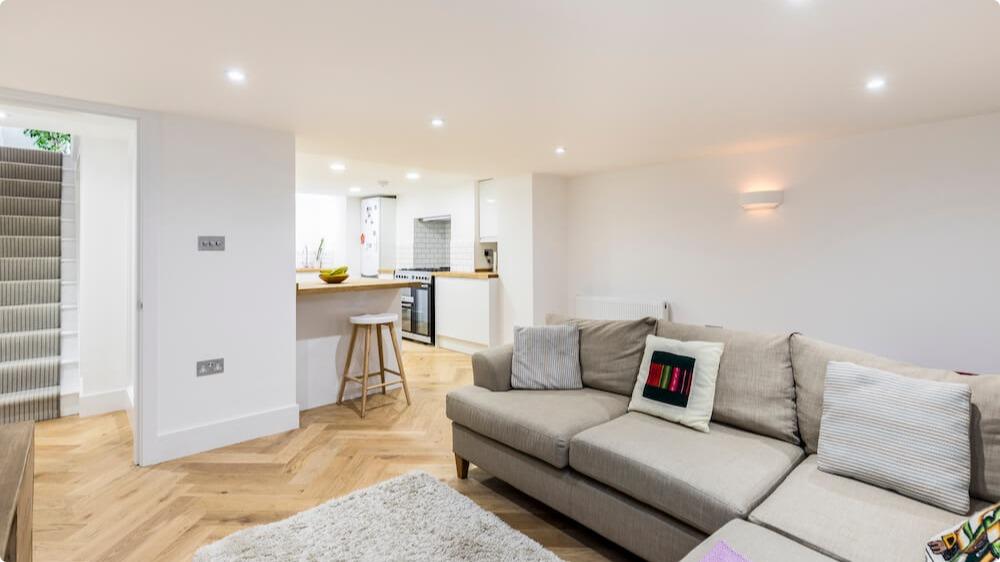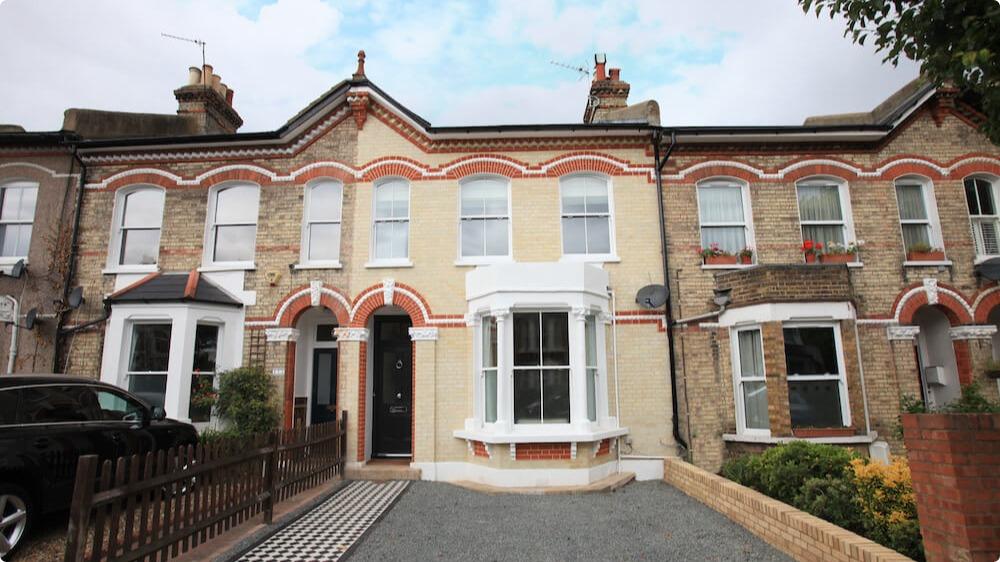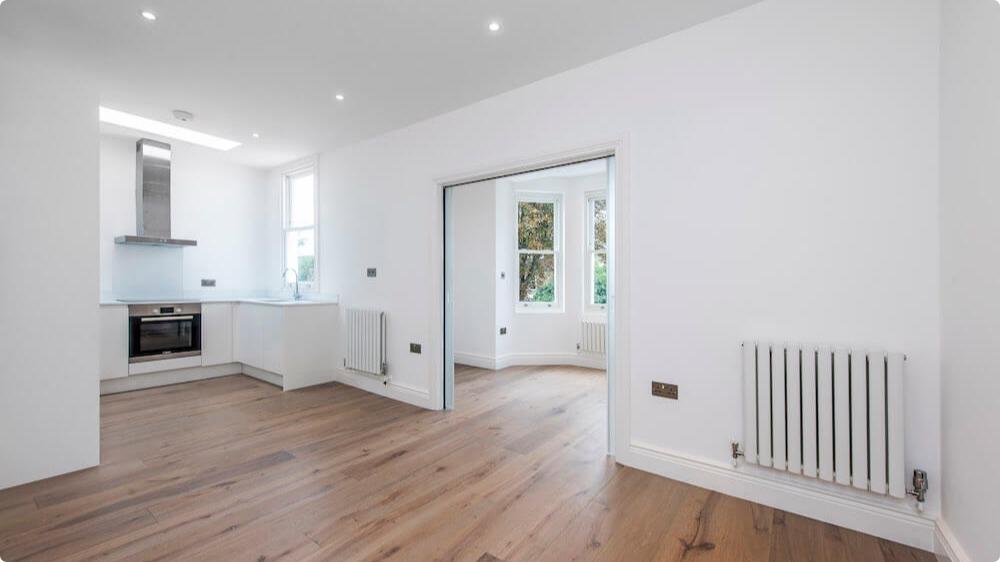How do buy-to-let mortgages work?
Buy-to-let mortgages work a lot like ordinary mortgages, however, there are some key differences that you need to be aware of:
- The fees tend to be much higher than other types of mortgages
- Interest rates on buy-to-let mortgages are usually higher
- The minimum deposit for a buy-to-let mortgage is usually 25% of the property’s value (although it can vary between 20-40%)
- Most BTL mortgages are interest-only. This means you pay the interest each month, but not the capital amount. At the end of the mortgage term, you repay the original loan in full
- Most BTL mortgage lending is not regulated by the Financial Conduct Authority (FCA). There are exceptions, for example, if you wish to let the property to a close family member. These are often referred to as a consumer buy-to-let mortgages and are assessed according to the same strict affordability rules as a residential mortgage.
How much will my buy-to-let-mortgage cost?
As stated above, the minimum deposit for a buy-to-let mortgage is usually 25% of the property’s value. So, for example, if you are looking to buy a property valued at £230,000, you will be expected to have a deposit of £57,500.
You will also need to decide whether you want a repayment or interest-only mortgage.
Repayment
During the mortgage term, you will pay interest and the capital mortgage balance, so by the end of the full mortgage term, the mortgage will be repaid, as long as you do not change this at a later date.
Interest-only
You only pay back the interest and not the capital borrowed. It’s common for buy-to-let investors to opt for an interest-only mortgage, especially if you’re planning to sell the property at the end of the term. If you do sell the property, you’ll repay the mortgage outstanding and you’ll also have to pay any tax due on the profit made currently via capital gains. Interest-only also means your monthly mortgage payment will be lower, as you’re only paying the interest and not the capital back, which may leave you with more disposable cash from the rental income to cover additional costs covered later.

A buy-to-let renovation project, featuring an open plan kitchen and living room.
There are also different types of mortgages to consider.
Fixed rate mortgage
This is where your mortgage repayments are fixed and won’t change month to month. Regardless of what happens to interest rates, your mortgage payments will stay the same for the term of your mortgage. Effectively, a fixed mortgage acts as an insurance policy against interest rates going up, therefore you tend to find that fixed rate mortgages have a higher rate as you pay a bit more for the reassurance.
Variable mortgage
With a variable mortgage, your mortgage rate will fluctuate, however there are different types of variable mortgages available.
- Standard Variable Rates (SVRs) tends to follow the Bank of England rate closely but not exactly. For instance, if the Bank rate is dropped to 0.25%, your SVR might only drop 0.2%. However, when the Bank rate goes up, they often increase it by the full amount. Normally, you move onto an SVR once your fixed rate term has come to an end.
- Tracker mortgage will track the Bank rate exactly. This means that whatever interest rate the Bank of England sets, this is the interest rate that you’ll receive on your mortgage.
- Discount rates are mortgages that offer a discount off the standard variable rate (SVR). The discount period can be for a short period of time e.g two or three years, or it would be the entire term of the mortgage, depending on the deal.
How much can you borrow for buy-to-let mortgages?
The maximum you can borrow is linked to the amount of rental income you expect to receive. Lenders usually need the rental income to be 25–30% higher than your mortgage payment.
To find out what your rent might be, talk to one of our mortgage advisers, who would be more than happy to help.
Buy-to-let and tax
There are two main types of tax that you’ll have to consider with buy-to-let: Income Tax and Capital Gains Tax.
You’ll pay income tax on all the rent money you receive. We recommend that you seek independent tax and legal advice as mortgage advisers are not qualified to offer tax advice.
If, and when, you come to sell the property, if you’ve made a profit (capital gain) then you’re liable to be taxed on the profit, not the total amount you receive.
What about buy-to-let mortgage interest tax relief? Since April 2020 a tax credit based on 20% of your mortgage interest payments can be given to you. Before that, you could actually use your rental income to offset any of your mortgage expenses in order to lower your tax bill, which is no longer possible.

An exterior view of a buy-to-let set of flats, converted from a terraced period property.
Are there any other costs that I should consider?
Letting agent fees
It’s common for landlords to haggle with prices when it comes to choosing a letting agent. Letting agents offer a variety of support, depending on which level of service you’d like. Some offer a ‘fully managed’ service where they can arrange for any repairs work to be done using their own contractors. For instance, they can offer rent guarantees, tenant replacement and tenant moving out fees.
Repairs, maintenance and decoration
You’ll no doubt need to spruce up the property before your tenants move in, and there may also be a few repairs to carry out to make sure the property is in the right condition. If you are unable to do these yourself, then you might need to pay for a tradesman to help.
Gas safety check
This check needs to be carried out annually and will make sure any gas equipment is safely installed and maintained. Make sure the engineer who carries out the check gives you a copy of the gas safety record before your tenants move into the property, or within 28 days of them moving in.
Legionella risk assessment
As a landlord, it’s your duty to carry out a risk assessment for legionnaires disease. This assessment should be carried out periodically, so make sure you read up on your exact responsibilities for Legionella risk assessments as a landlord.
Leasehold properties
Service charges and ground rents are normally all payable by the landlord and not the tenants. You also need to consider the length of lease remaining, as this could need extending during your ownership.
White goods
Even in unfurnished properties, many landlords still provide white goods to tenants. For example, a cooker, washing machine, fridge and freezer. If these break or need repairing, you’d need to cover the cost of this.
Can you remortgage your buy-to-let mortgage?
Remortgaging a buy-to-let is when you switch to a new mortgage on a property you rent out. It could involve moving to a different lender or staying with your current lender and getting a new deal (referred to as a product transfer).
There are a number of reasons for remortgaging a buy-to-let property. These include:
Save money with a buy-to-let remortgage
If you own a property to rent out and you have a repayment buy-to-let mortgage, keeping mortgage payments to a minimum should be the priority. When you remortgage to a better deal, with lower interest rates, you’ll pay less on mortgage payments each month.
However, if you’re still in the introductory term of your current buy-to-let mortgage, you may need to pay an ‘early repayment charge’ if you switch. It may be the case that you can still save money, but it’s a good idea to speak to a broker who can go through the figures with you.
Remortgaging a buy-to-let because your current deal is coming to an end
When you take out a mortgage, the rate you’ll pay will usually be fixed for a set period of time – usually two, three or five years. If you fail to switch deals at the end of this term, you’ll be moved on to your lender’s standard variable rate (SVR), which will usually be significantly higher.
Find out when your buy-to-let mortgage deal is due to end. And start the process of remortgaging around six months beforehand. This will give you plenty of time to get your new mortgage in place.

A newly renovated buy-to-let flat, the works funded by a remortgage.
Raise money with a buy-to-let remortgage
Remortgaging is a good way to raise money. This is done by taking out a new mortgage which includes the outstanding value on the previous mortgage, plus the value of the equity you want to release.
According to research in August 2021 by Foundation Home Loans, an estimated 30% of landlords who plan to remortgage within the next 12 months intend to release equity from their portfolios.
This money could then be used to:
- Fund improvements to your buy-to-let property, for anything from an extension to a new kitchen. You may be able to access better mortgage deals if you can show the improvements will add value and attract higher rents.
- Expand your property portfolio. Remortgaging is an efficient way to raise find to grow your property portfolio.
How to get the best deals for your buy to let project?
Here at Resi, we understand that no two mortgages are the same. Our knowledge and experience mean that we are in an excellent place to help you find the right mortgage for you.
It’s advisable to sit down and run through your finances so that you can compare the cost of the property, against the rent you’re likely to take. A mortgage adviser could talk you through this so you have a clear idea of whether you can comfortably afford the mortgage on your own.
When you’re ready to apply, our specialist buy-to-let mortgage advisers will be able to arrange an appointment that easily fits around you, whether that’s face to face, over the phone or even via zoom.
How can we help?
Searching for a mortgage can be time-consuming, but with our help, we can search thousands of mortgages, including exclusive deals and lenders that you wouldn’t otherwise have access to, and give you the best remortgage advice. We have regular contact with a wide range of lenders, some of whom you may not even know exist!
With our help, you won’t have to search or contact each individual lender to compare the mortgage terms and rates; we’ll do all that for you.



























